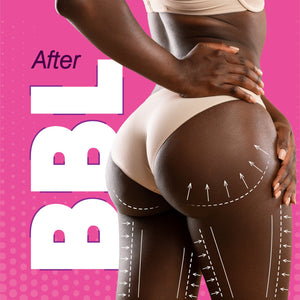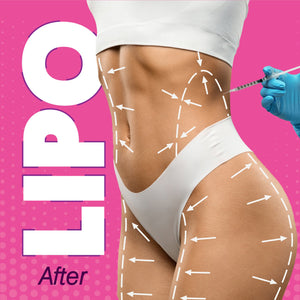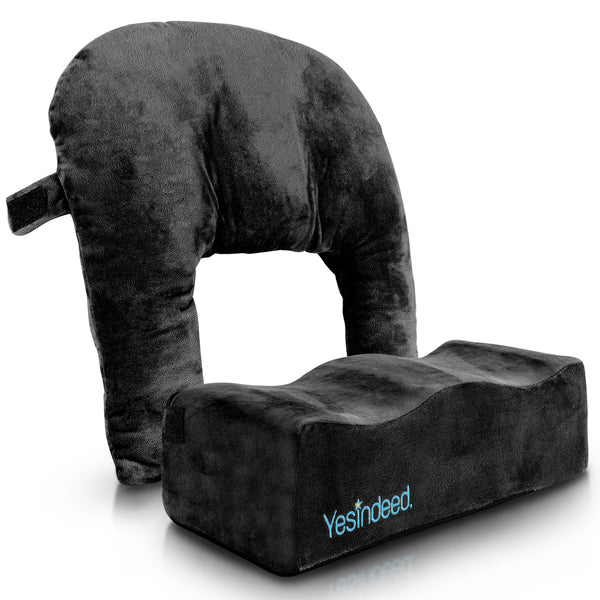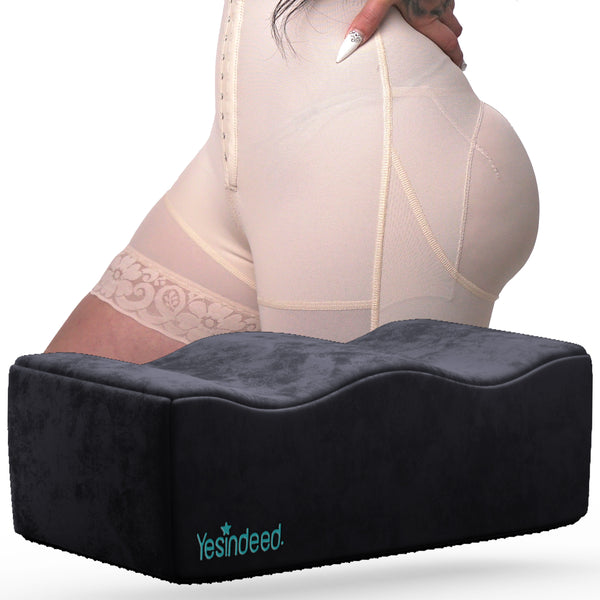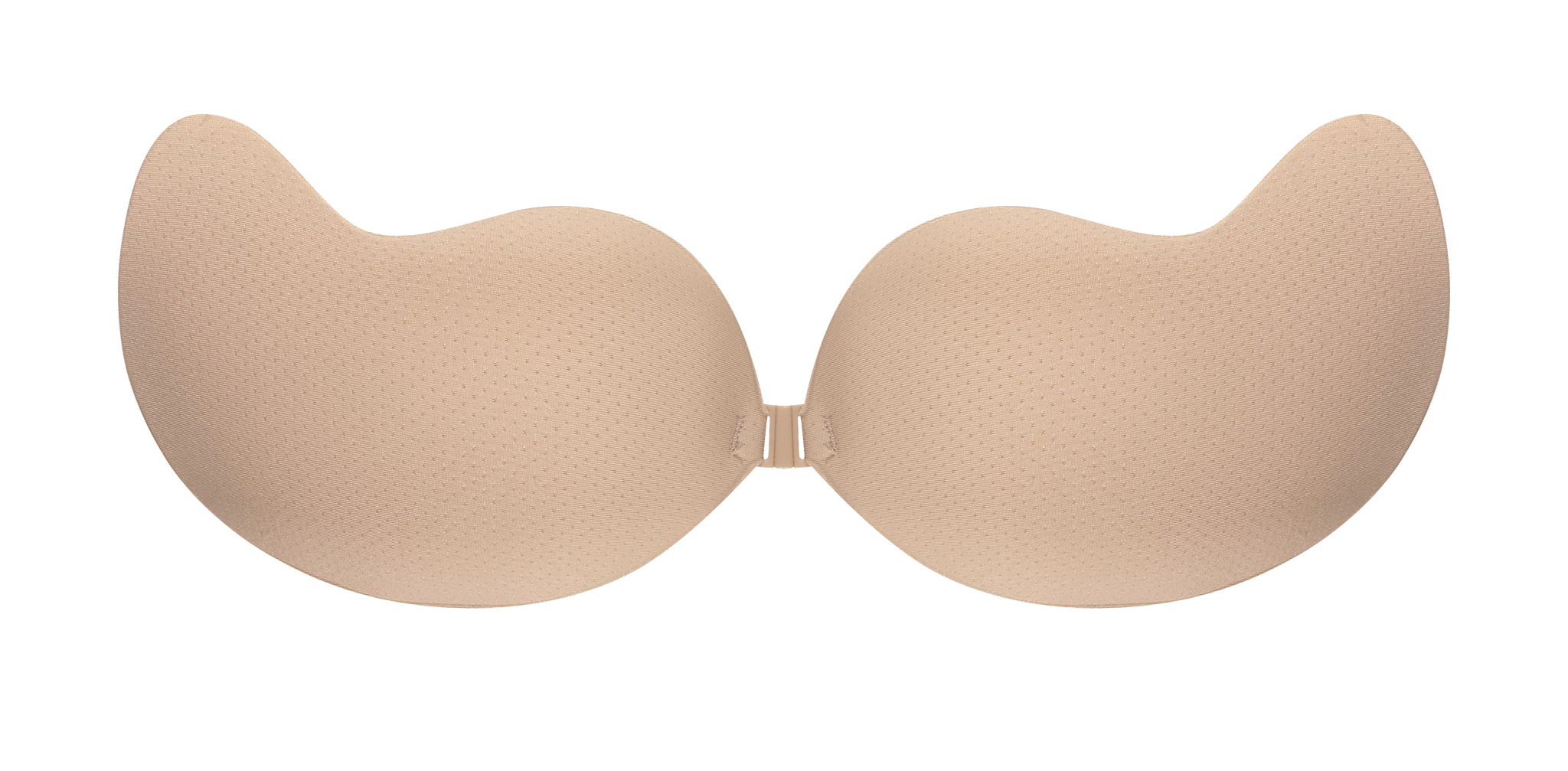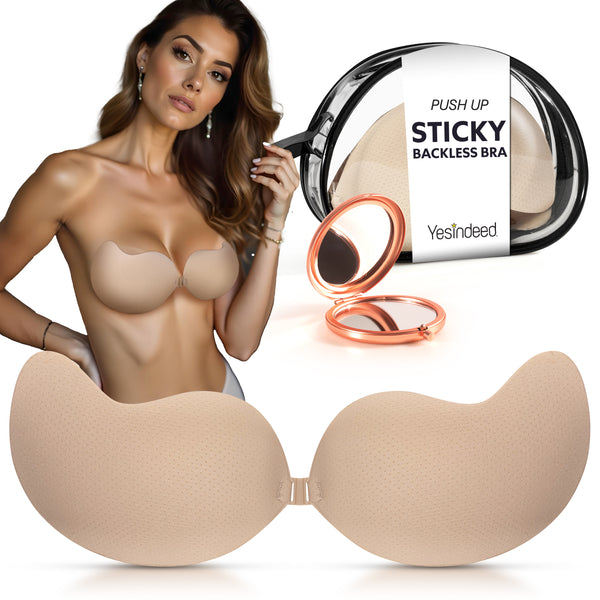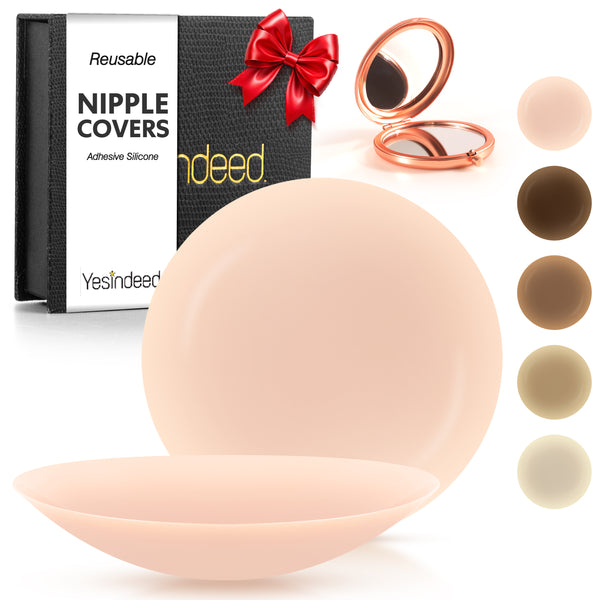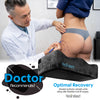Fat freezing, technically known as cryolipolysis, is a non-invasive cosmetic procedure to reduce fat in targeted body areas. It has become increasingly popular due to its promise of reducing fat without surgery. This essay will delve into the principles behind fat freezing, its effectiveness, the process, potential risks and side effects, and considerations for those contemplating the procedure.
Principles Behind Fat Freezing

Cryolipolysis is based on the principle that fat cells are more vulnerable to cold temperatures than other cells. The procedure involves using controlled cooling, typically at temperatures around -11 to +5 degrees Celsius (12 to 41 degrees Fahrenheit), to target and freeze fat cells. This causes the fat cells to undergo apoptosis, a process of programmed cell death, leading to their gradual breakdown and absorption by the body over time.
Effectiveness Of Fat Freezing
Those who are thinking about fat freezing frequently want to know if the process is successful. Cryolipolysis can reduce fat in the treated area by up to 20–25%, according to clinical research. It's crucial to remember that every person may experience outcomes differently and that it cannot treat obesity or replace a balanced diet and consistent exercise. People who are almost at their desired weight but have troublesome fat pockets that don't go away with diet and exercise are best suited for this treatment.
The Process Of Fat Freezing
The procedure typically lasts between 35 minutes to an hour per treatment area. During the process, a gel pad and applicator are applied to the targeted area. The applicator delivers controlled cooling to the fat cells. Patients often report a sensation of intense cold initially, which usually subsides as the area becomes numb. Post-procedure, the treated area may be massaged to break up the frozen fat cells, enhancing the process of apoptosis.
Areas Suitable For Treatment
Fat freezing is commonly used to treat areas where fat deposits accumulate, such as the abdomen, flanks (love handles), thighs, back, arms, and under the chin. It's crucial to have realistic expectations and understand that the procedure is meant for spot reduction and body contouring, not weight loss.
Timeframe For Results
Fat freezing does not provide results right away. The majority of patients begin to notice improvements as soon as three weeks into their treatment, with two months usually seeing the most notable outcomes. The body continues to remove fat cells for up to four or six months following the treatment.
Potential Risks And Side Effects
While fat freezing is generally considered safe, it's not without potential risks and side effects. Common side effects include temporary redness, swelling, bruising, and skin sensitivity in the treated area. These typically resolve within a few days to weeks. A rare but more serious fat freezing side effect is paradoxical adipose hyperplasia, where the fat cells in the treated area grow larger rather than smaller. It's important to discuss these risks with a qualified healthcare professional before undergoing the procedure.
Who Should Avoid Fat Freezing
Not everyone is a good candidate for fat freezing. Due to the possibility of severe consequences, those with specific disorders such paroxysmal cold hemoglobinuria, cold agglutinin disease, or cryoglobulinemia should not undergo the operation. Cryolipolysis should also be avoided by women who are pregnant or nursing. The best course of action is to speak with a healthcare professional to find out if fat-freezing is a good fit.
Cost And Number Of Treatments Needed
The cost of fat-freezing can vary widely depending on geographic location, the area being treated, and the number of sessions required. Usually, it takes several treatments to get the desired effects. A skilled specialist should be consulted in order to obtain an accurate estimate that takes into account specific needs.
Lifestyle Considerations Post-Procedure
Maintaining a healthy lifestyle post-procedure is crucial for sustaining results. While the fat cells eliminated by cryolipolysis won't regenerate, the remaining fat cells can still expand. A balanced diet and regular exercise are key to preserving the slimming effects.
Comparison with Other Fat Reduction Techniques
Compared to surgical options like liposuction, fat freezing is less invasive, has a lower risk of complications, and requires no downtime. However, the results are typically more subtle and may take longer to become evident. Other non-invasive fat reduction techniques, such as laser lipolysis or radiofrequency treatments, work on different principles and may offer alternative options for fat reduction.
Psychological Impact
Undergoing cosmetic procedures, including fat freezing, can have a psychological impact. While many individuals report increased confidence and satisfaction with their bodies post-treatment, it's important to have realistic expectations and understand that such procedures are not a cure-all for body image concerns.
Managing Expectations
It's important to manage expectations when it comes to fat freezing. While the procedure can provide noticeable results, it's not a magic solution. The area being treated, the patient's commitment to maintaining a healthy lifestyle following the surgery, and the patient's original body composition all have a role in how well the therapy goes.
Research And Ongoing Developments
The field of non-invasive fat reduction is continually evolving. Ongoing research is not only focused on improving the effectiveness of fat freezing but also on understanding the long-term implications of the procedure. Potential developments include more precise targeting of fat cells, reduced treatment times, and improved comfort during the procedure.
Future Of Fat Freezing
Advancements in technology and technique continue to refine the fat freezing process, potentially making it more effective and accessible. Ongoing research is also aimed at better understanding the long-term effects and optimizing outcomes for a wider range of patients.
Final Thoughts
Fat freezing represents a significant advancement in non-invasive body contouring. It offers a solution for reducing stubborn fat in targeted areas without surgery. However, it's not a one-size-fits-all solution and requires careful consideration of its effectiveness, risks, and personal health factors. Ultimately, the decision to undergo fat freezing should be made after thorough research, consultation with qualified professionals, and a realistic assessment of expectations.
We'll probably see additional improvements made to the process as the sector develops, making it more usable and efficient for a wider range of people. As with any cosmetic treatment, the key lies in making informed decisions that align with personal health, aesthetic goals, and ethical considerations.
Frequently Asked Questions
Is Fat Freezing Effective?
Yes, fat freezing can be effective at reducing localized fat deposits. Clinical studies have shown a fat reduction of up to 20-25% in treated areas after one session.
How Long Does It Take To See Results From Fat Freezing?
Results can vary, but most people begin to see changes as soon as 3 weeks after treatment, with more significant results after 2 months. The body continues to flush out fat cells for up to 4 to 6 months post-treatment.
Are The Results Of Fat freezing permanent?
The fat cells eliminated by fat freezing are gone for good. However, remaining fat cells can expand, so maintaining a healthy lifestyle is important for lasting results.
Does Fat Freezing Have Any side effects?
Some common side effects include temporary redness, swelling, bruising, and numbness in the treated area. These typically resolve quickly, and most people return to normal activities immediately










